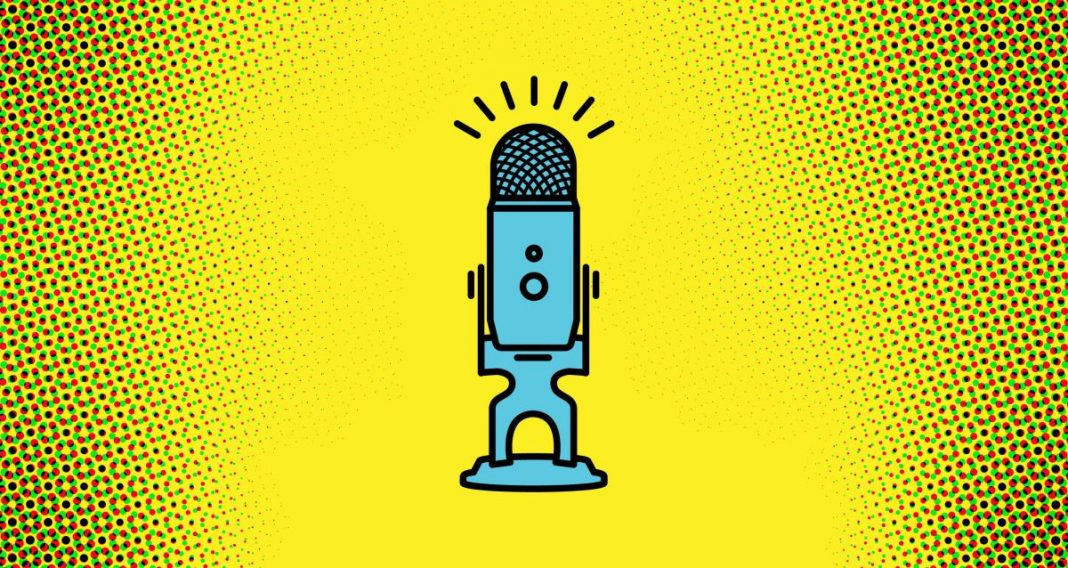My early pandemic podcasting rig was dire. Fitting, really, as everything felt fairly dire at that point. Transitioning to remote interviews was a shock to the system after so many years of stubbornly insisting that they all be done face to face. Much like going into the office every day, however, I’ve gotten to a point where I can’t imagine going back.
That isn’t to say I no longer find value in real life interviews. I still believe you lose something important when you put thousands of miles and a couple of computer screens between yourself and your interview subject. Pandemic-induced agoraphobia may have gotten the better of me, but really, it comes down to convenience.
Booking a studio and factoring in an hour-long commute in either direction feels silly in hindsight. I’m also keenly aware of the many interviews I turned down, because I wasn’t in the same city as the other person. Big, interesting, important names. Turns out a big part of maturity is identifying the entirely arbitrary stances you took earlier in life, often to your own peril.
Thankfully, both my feelings about remote recording and my rig have evolved a good bit since then. The gear side of things is a perpetual work in progress, of course – but then, aren’t we all. One of the perks this job is that it affords you more wiggle room for trial and error, when it comes to hardware. In particular, I’ve been through a number of different mics over the years.
My own set up is far from ideal for everyone, of course, and you’re mileage will almost certainly vary. Given that my own podcast, RiYL, is a labor of love (side gigs are generally things you don’t lose money on), I have a bit of a bias toward lower cost and easy of use. That means, for example, that I’ve opted for a USB microphone (albeit a very good one), versus a more complex audio interface.
It’s been a few years since I’ve done one of these, so there’s a good bit of ground to cover. We’ll be going over hardware, software, and some interviewing tips, for good measure.
Shure MV7
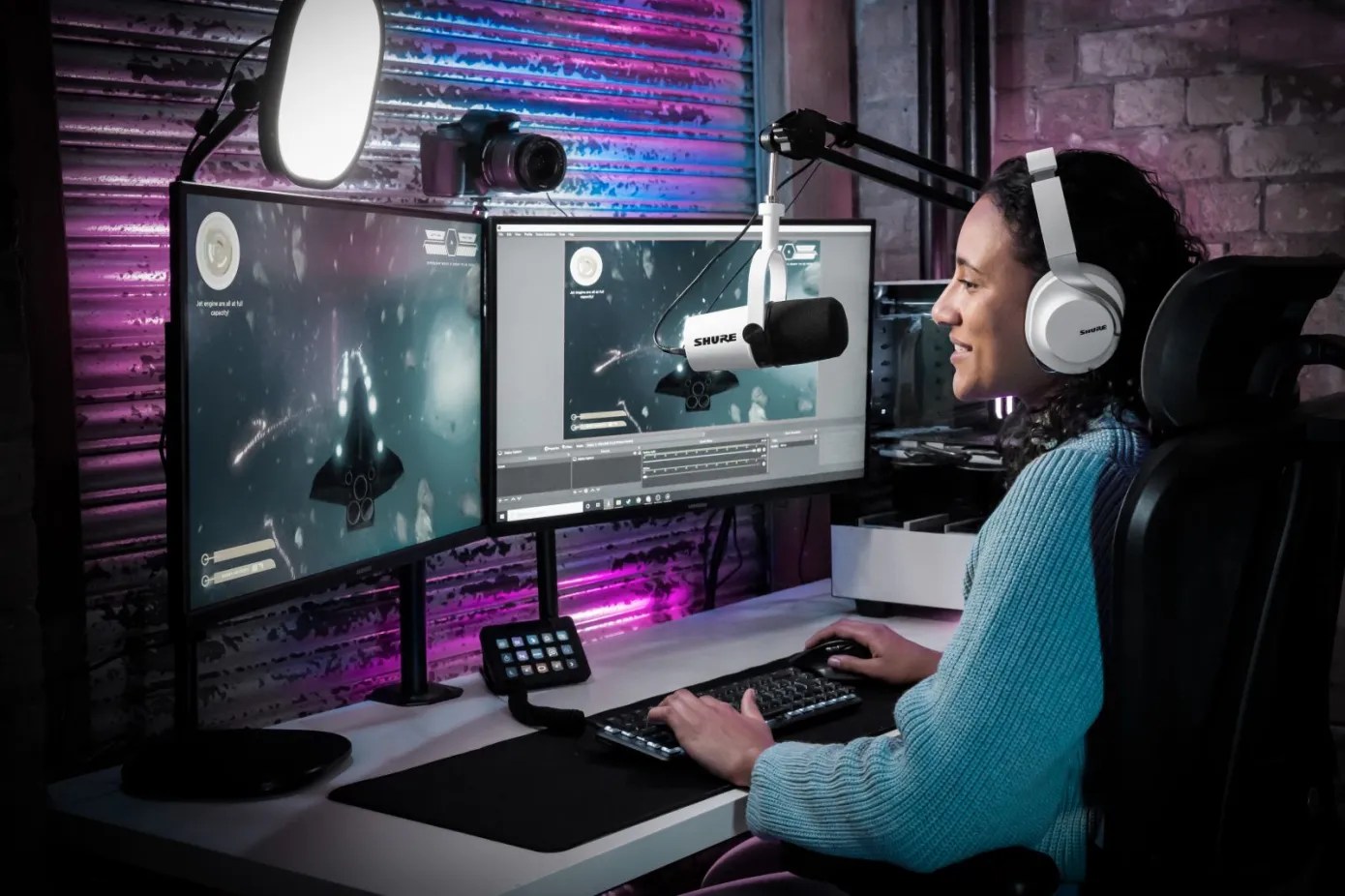
Image Credits: Shure
A good mic is important. I mean, obviously. It’s a podcast. It’s also the thing I’ve been the most indecisive about in the 10+ years I’ve been hosting my show. I felt pretty good about the mobile rig I’d spent some years perfecting, but going remote was really starting from scratch. I went through a number of different microphones for the show, before finally settling on one I don’t foresee upgrading any time soon.
If you’ve ever heard anyone discuss podcast studios, you know how central Shure’s SM7B is to the lore. It’s a fantastic vocal microphone that’s in widespread use in virtually any professional podcast you listen to. The MV7 is as close as you’re going to get to the SM7B with a simple USB audio interface. The microphone is also optimized specifically for the human voice, while the SM78 is a bit more all-purpose. It sounds really great. I’ve hosted a couple of NPR shows and gone on news outlets with the thing. If you want more control over the sound, it’s probably worth looking at an interface, but this thing sounds great out of the box.
The interface is dead simple – close to straight ahead plug and play. It has a touch-based volume panel and mute function – though, I generally defer to the mute feature on whatever app I’m using. It’s too easy to forget you’re muted otherwise. As Shure points out, there’s also an XLR-out on the mic, so you can still use it if you plan to upgrade to an audio interface.
On-Stage Mic Stand
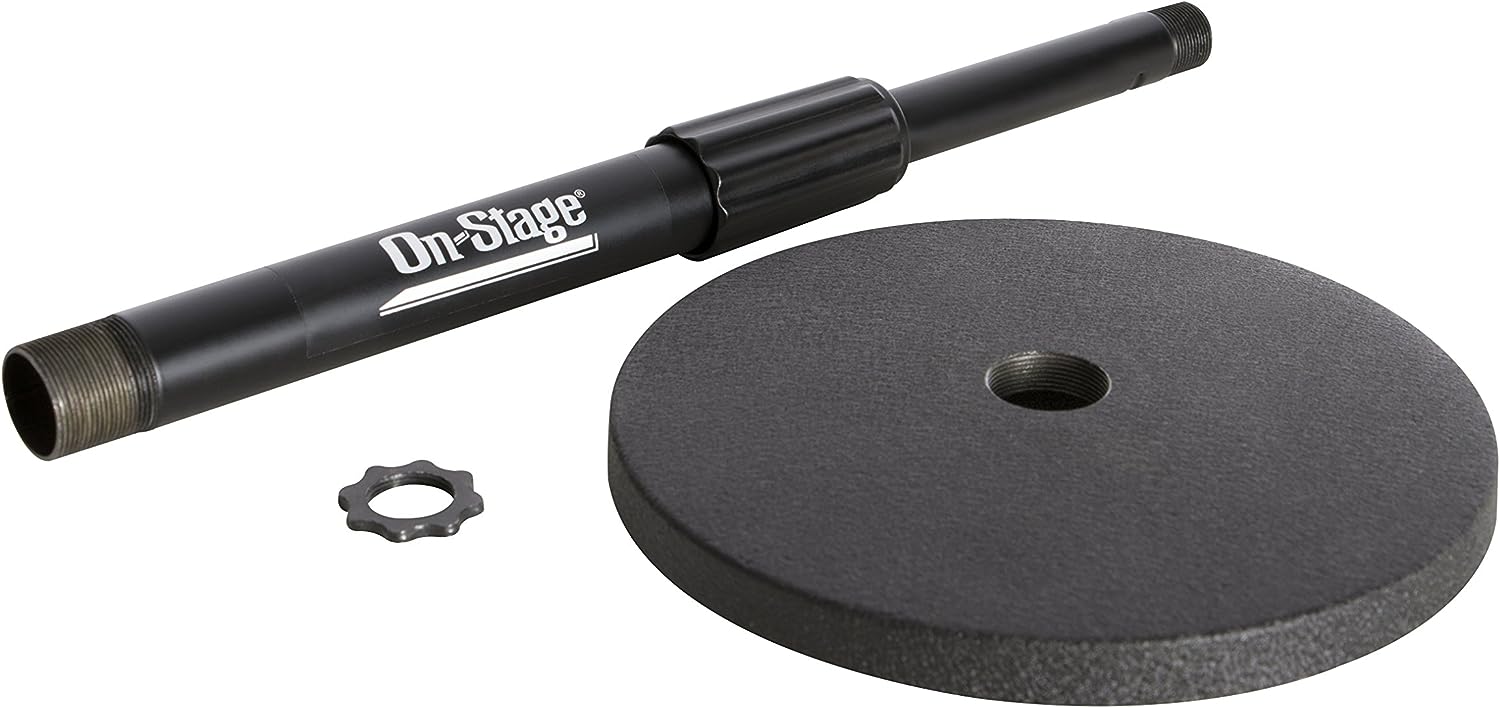
Image Credits: OnStage
There are mic stand people and there are mic arm people. Honestly, I’m not sure what either says about a person on a fundamental level. I just know that I bought the On-Stage mic stand for $15 years ago, and it has served me ever since. It’s heavy duty and has outlasted several of the microphones that I’ve screwed into it over the years. It’s simple, easy, cheap. I do bump into occasionally, but the windscreen seems the far likelier culprit there.
Insta360 Link webcam

Image Credits: Brian Heater
I was a big Opal proponent for a long time, but ultimately the beta software was too buggy, too long. Thankfully, Insta360’s webcam crossed my desk at just the right time. This is a really capable piece of hardware – in fact, it might even be a bit too capable if you just plan to sit stationary in front of your computer while using it.
Being built atop a gimble means it’s great at tracking dynamic movement, which can feel like overkill. However, the tracking is useful when centering.
In addition to my podcast, I use it for work meetings, panels and the occasional television spot. Everyone has different needs when it comes to framing, and the Link is able to adjust with nuance. More importantly, the picture it great. It feels weird to say that people have complimented my image during meetings, but here we are.
The Link is capable of shooting up to 4k, though you’ll likely lose a bit of resolution as you crop the image with digital zoom. Oh, and get yourself a nice Ring light, too.
Sony WH1000X M5
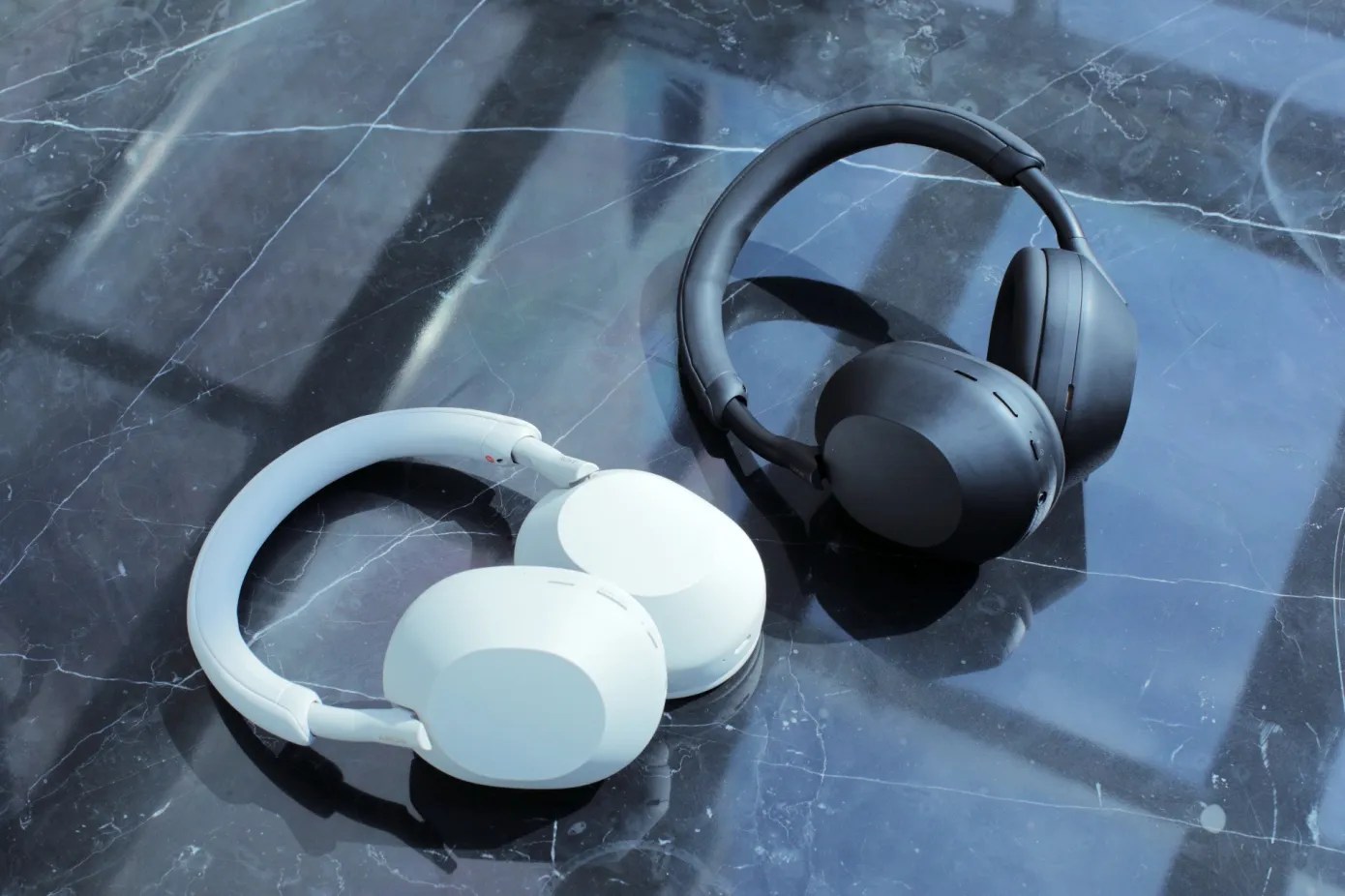
Image Credits: Brian Heater
The truth of the matter is, I’m just picking Sony’s WH1000X M5s because they’re my favorite all around over-ear headphones.
When it comes to podcasting, I can’t do earbuds. I want a comfortable pair that sound great, and the M5s absolutely fit the bill. Unless you’re made of money, you’re going to want a pair of headphones that are great for more than just the hour or so a week you spend podcasting. They also feature an aux cable, so you can plug them directly into your mic if needed.
A Quiet Keyboard
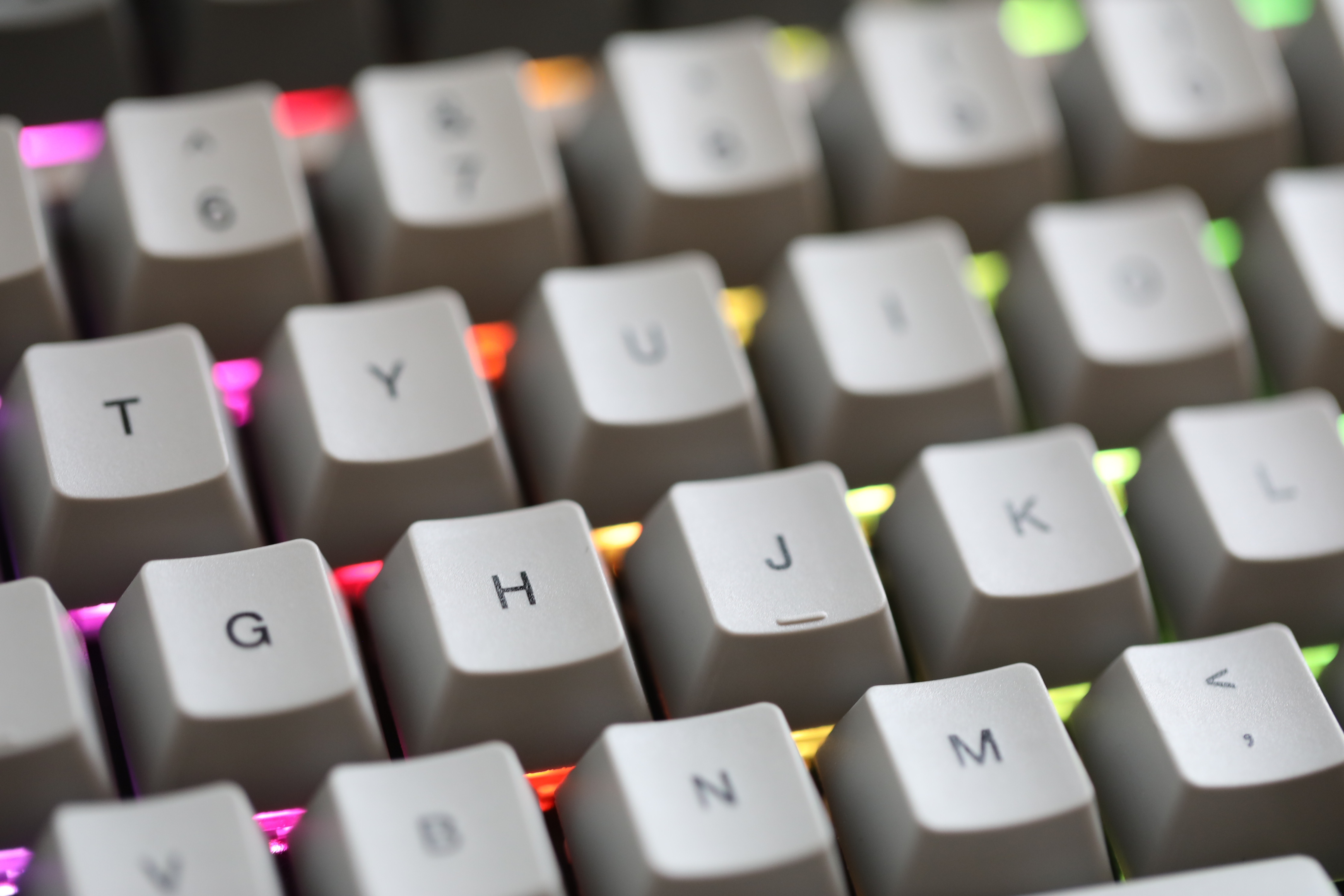
Image Credits: Brian Heater
I became a mechanical keyboard convert fairly recently. You don’t realize what a quality of life improvement it is until you try it out for a while. But while I swapped the Mac keyboard out for something nice, I still dust it off every time I podcast. It’s too damn loud. I often take notes while I’m podcasting, and no one wants to hear that clacking.
That said, OnePlus’ new mechanical keyboard is actually quiet enough to use while podcasting. Very few keyboards are completely silent, however, so it’s always a good idea to do a pass while editing the audio.
Google Calendar
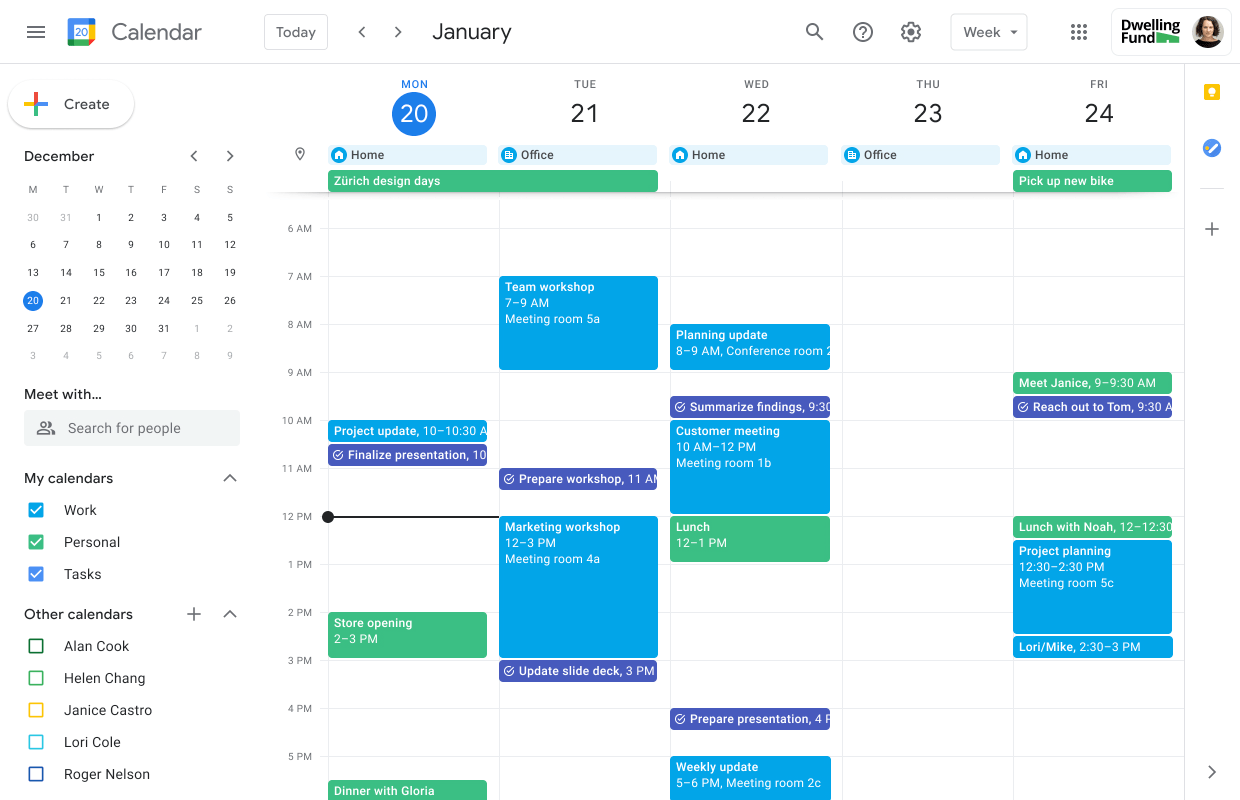
Calendar work location
Seems silly, I know, but Google Calendar is an essential part of show prep for me. In addition to hosting and editing the show, I’m also the booker. It’s not the best role for someone as absentminded/disorganized as myself, but you learn to adapt. These days, the minute we’ve agreed upon a time, I create a calendar invite and add the guest or comms person who booked them.
I’ve also created the following form letter. Feel free to adapt for your purposes:
Hello, happy to have you here.
The conversation will be recorded via Riverside.fm. The studio can be accessed via browser – please ensure you have the latest version of Google Chrome or Microsoft Edge on your desktop. For mobile devices, it’s possible to download the Riverside app, but quality tends to be better on the desktop.
This is our link: [Riverside link]
If you’re able, please wear headphones. This will help reduce echo. External microphone or those built into your headphones are preferred to the desktop’s built-in mic, where possible. Don’t worry, the app will walk you through the process of ensuring that the proper mic, headphone and camera are chosen from the drop downs.
If you run into any issues or have any questions, feel free to text Brian: [Phone Number]
Riverside.fm
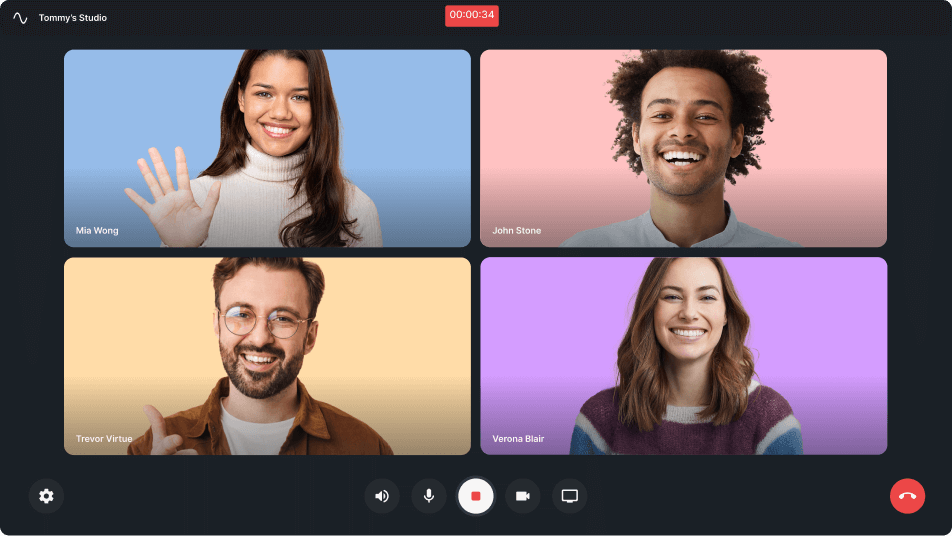
Image Credits: Riverside.fm
I’ve written a lot about Zencastr on . I used it to host shows for much of the pandemic, but ultimately made the switch to Riverside. Much like my experience with Opal, there were just too many buggy experiences. You never want your recording experience to feel like a crapshoot, and many of the people I interview on the show aren’t especially tech savvy, so we’d often end up using Zoom as a backup. Zoom sounds terrible. Nobody wants that.
Like Zencastr, Riverside.fm is built specifically for remote recording and broadcasting. It’s a fairly easy walkthrough for guests (though instructions are always a good idea, just in case), and it system records locally on either side of the conversation, uploading the conversation to the cloud at the same time. Local recordings dramatically improve sound quality, versus a program like Zoom, which isn’t built with such things in mind.
Best case scenario, you get your guests to record on their system at the same time using something like Audacity or Zoom, but in my case, adding this additional level is a lot of fraction. Much of the time I’m interviewing musicians or artists, and any additional steps are just potential points of failure.
On the whole, I’ve been satisfied with the Riverside recording experience. There are certainly tweaks I would make to the interface and feature set, but it’s the best remote recording software I’ve used thus far. I’ve had less success with its editing software, however, and continue to rely on a handful of additional solutions.
Google Drive
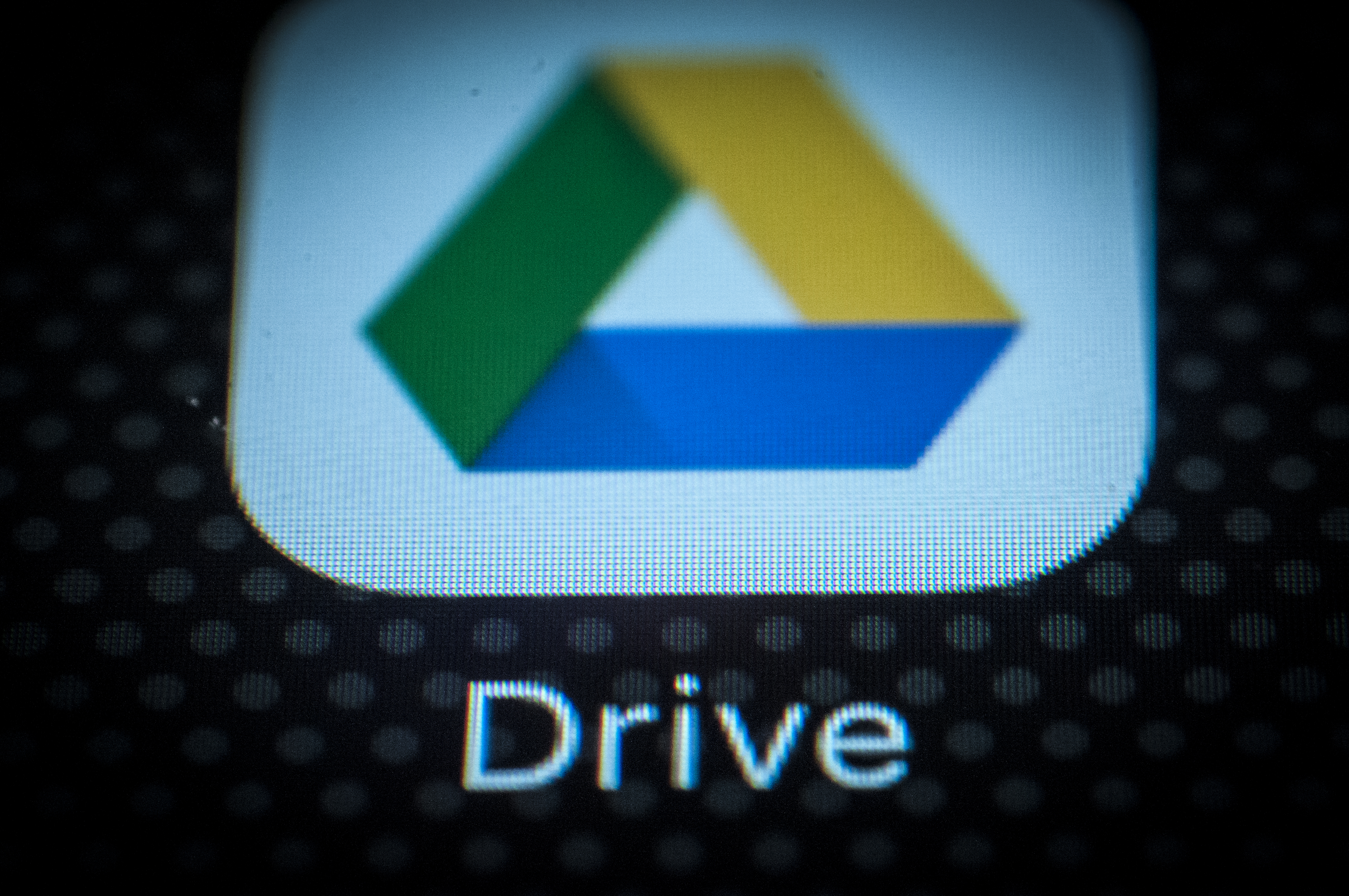
The Google Drive storage application is seen on a portable device in this photo illustration on December 6, 2017. (Photo by Jaap Arriens/NurPhoto via Getty Images)
A total lifesaver – particular for all of the editing I do on the road. The moment you get done with the interview, download the audio and upload it to a service like Google Drive (auto Drive uploads are probably the bit I miss the most from Zencastr). Creating a clear filing system for the show and move finished episodes into a new folder. I avoid deleting anything until I absolutely free up space, because you never know.
Audacity/Garage Band
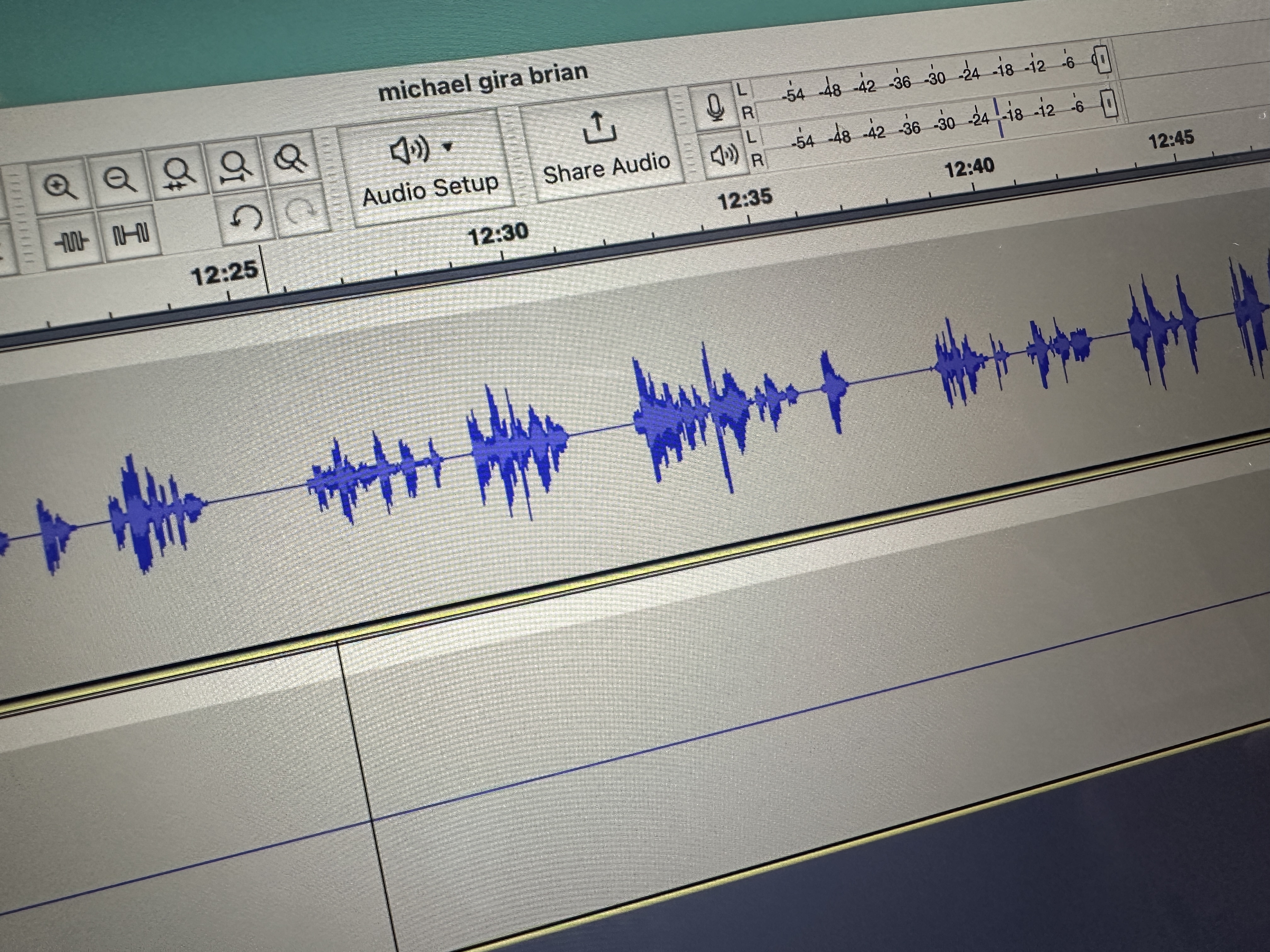
When you’re editing, it’s all about workflows. I’ve been using Audacity for more than a decade and a half at this point, and I’ve grown to appreciate its completely no-frills approach to audio. Many of the “beginner” audio editing programs don’t let you edit the wave file directly. For my money, it’s important to see what you’re working with and listen through the show at least once in the process. That’s where Audacity shines.
Audacity is a little too simple for some things, however. Once the primary audio is finished, I drop it into an existing show template in Garage Band (Mac/PC) to add the music.
Side note: I always export the audio in wav form, keeping it as lossless as possible until the final product is produced. You’ll want to compress it into an MP3 before uploading it to the servers.
Auphonic

Image Credits: Brian Heater
This is the most recent addition to my work flow. I’m embarrassed to admit that I did a lot of audio leveling by hand, as many of the effects features can distort or degrade the final product. Auphonic is a web-based service. You tick a few boxes, upload it and it churns out a product surprisingly quickly. Pictured above is the before and after audio from an upcoming interview with YouTube Effect director, Alex Winter.
The feature is especially important when you have multiple speakers (such as an interview), recorded and speaking at different volumes. I admit that my mic etiquette could be better, as well, so there’s often a fair bit of deviation in my own voice. I’ve been impressed with the job it does so far, and it saves me more time than just about any other bit of software in my workflow currently. I would prefer a desktop version I could tweak a bit more, but the web app is certainly simple.
It’s also, frankly, easier to monetize. You get two free hours a month, and beyond that can either buy credits or sign up for a monthly subscription.
Acast
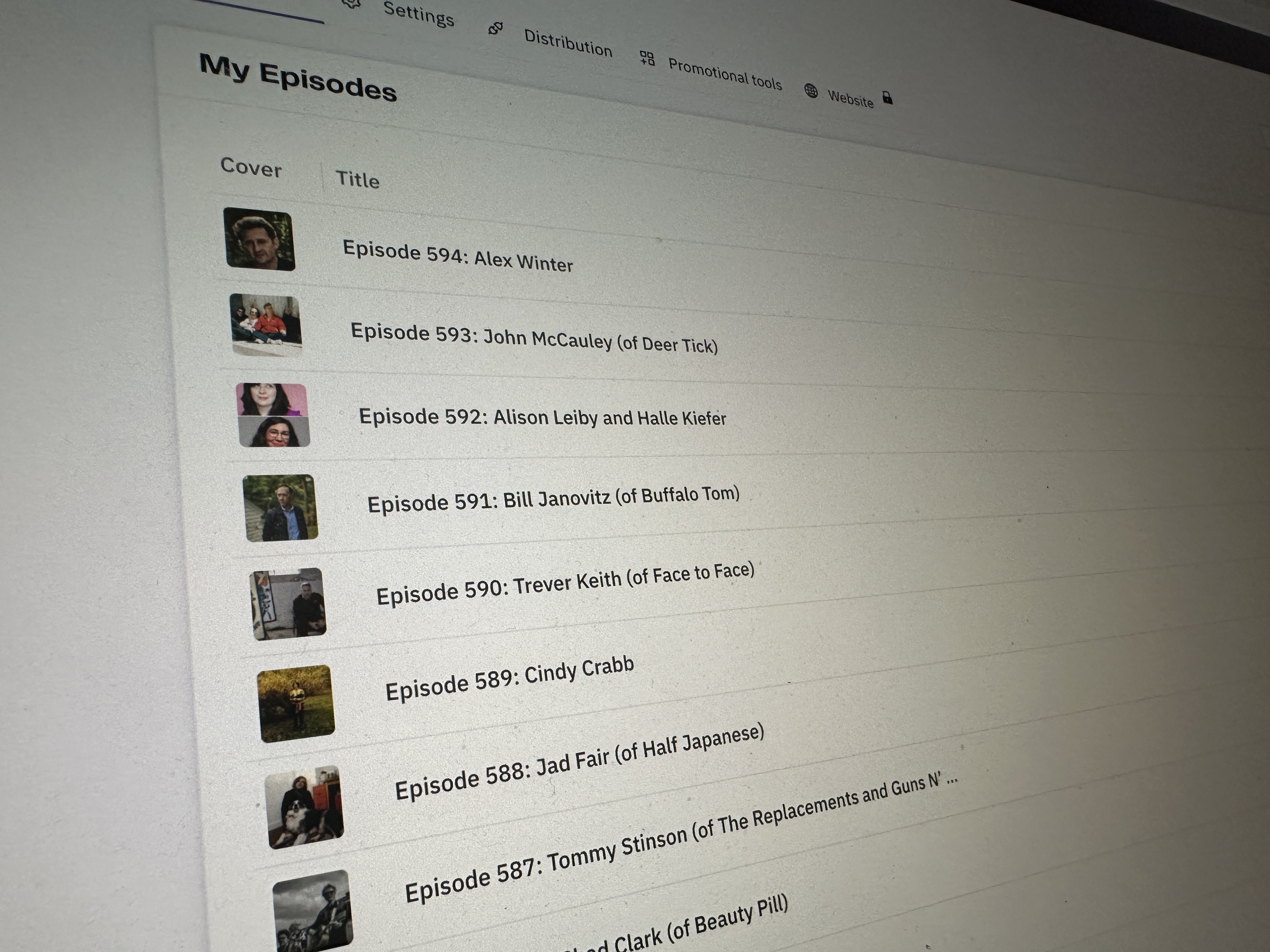
Image Credits: Brian Heater
My podcast was hosted by Podbean for most of its life. I switched to Acast a year or two ago and haven’t looked back. It’s great, full featured, and somehow still free. From here, you can make sure that the show is distributed to all of the important podcatching services.
Otter
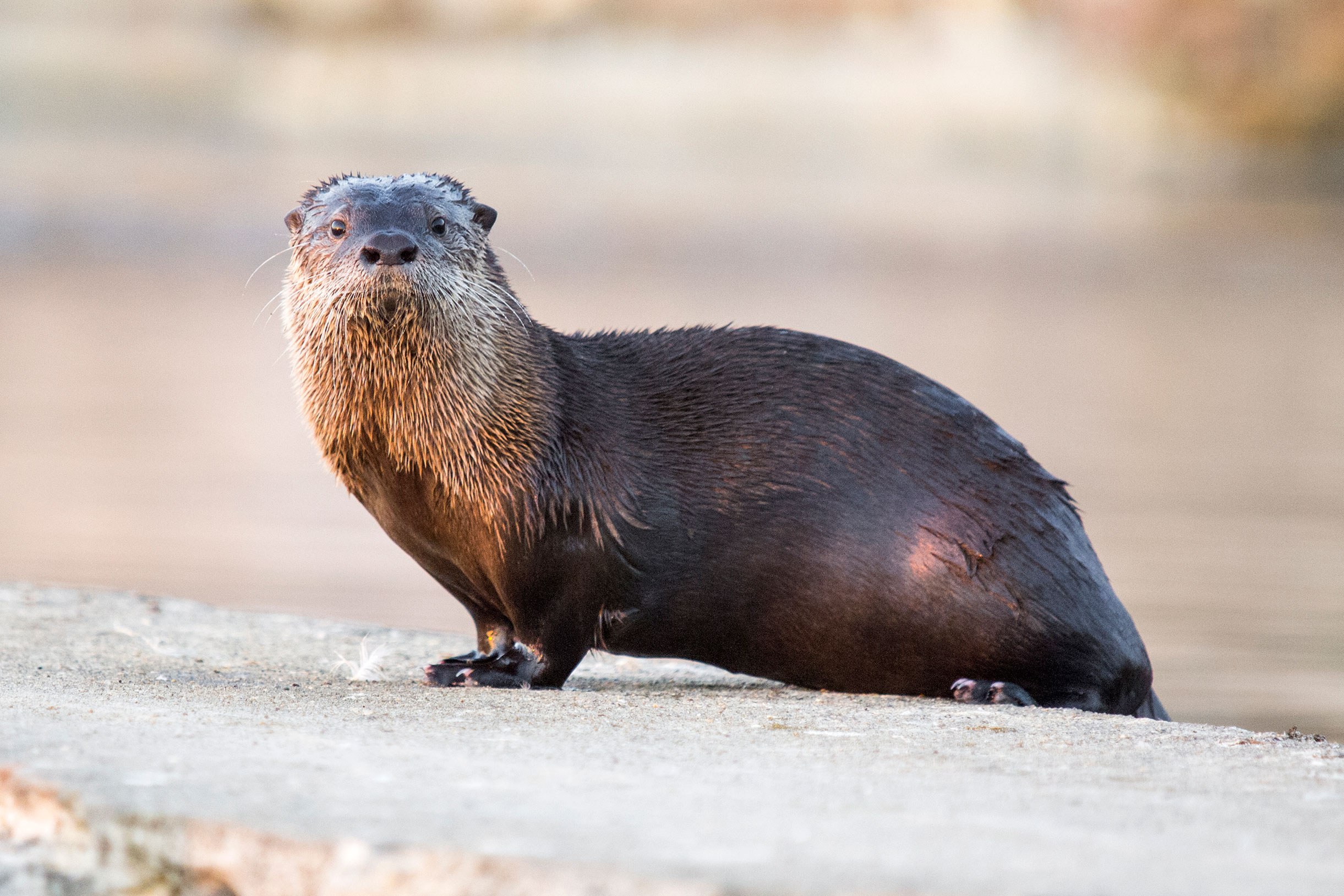
Sutro Sam, the lone river otter that lives in San Francisco’s Sutro Baths ruins, climbs out of the water onto a concrete surface.
Far and away the best transcription service, for my money. Otter is terrific for scanning content and grabbing clips for promotional purposes.
Headliner
I use Headliner for two steps. First is creating simple, animated clips of the show for social media. The second is turning the audio only show into a full length, animated MP4 for YouTube. The service is dead simple and great for getting the word out. You can also share clips directly from the app to social media services like Instagram.
Podcastpage
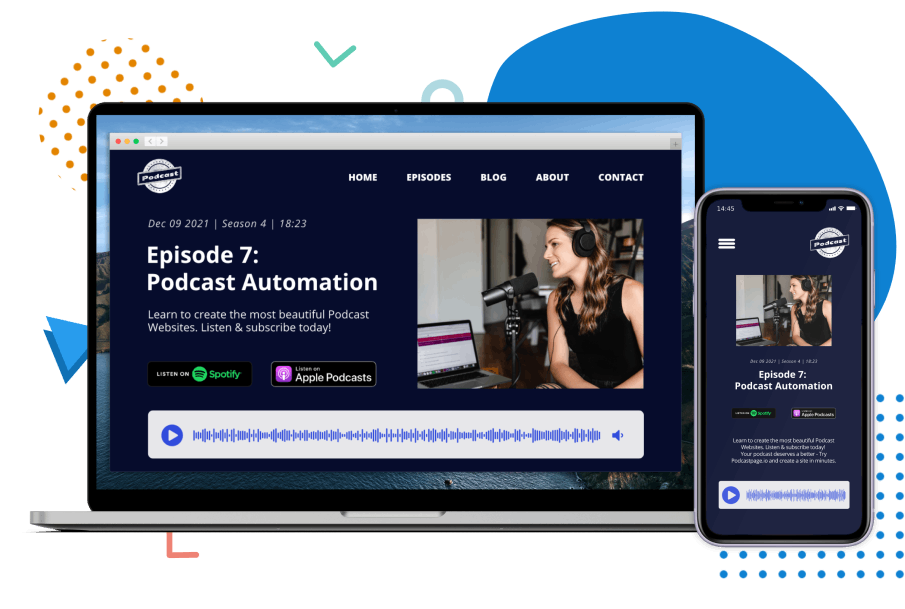
Image Credits: Podcastpage
Podcastpage is a super simple site builder for your podcast. Customize a few details, connect it to your show and purchase a domain if it strikes your fancy. It’s never a bad idea to have a distinct landing page for your show that lives outside of services like Apple Podcasts.
Interview tips
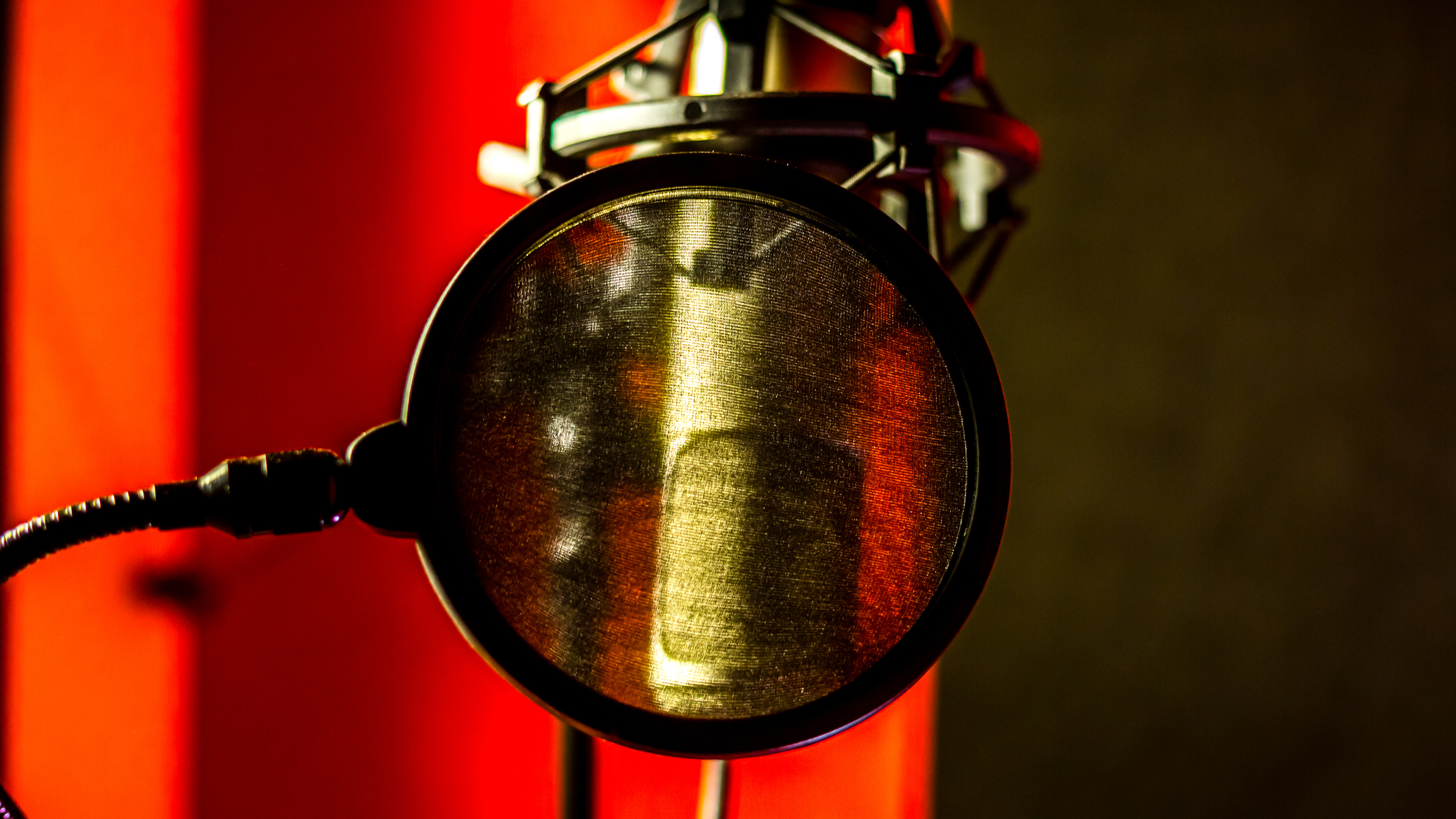
Condenser microphone for recording songs or broadcasting and podcasting in a studio
All right, you’ve made it this far, so here are some assorted interview tips I’ve figured out over the years as a bonus.
- Listen to interviews with your subject ahead of time. Read some as well for context, but listening to someone’s voice and how they answer questions will help give you a feel for the potential flow of the conversation and help structure questions and follow ups.
- Research also puts the subject at ease. People are often more willing to give you good stuff, when it’s clear that you know what you’re talking about.
- Reading interviews allows you to both ask more developed questions, based on previous answers and understand which question to skip, either because the subject gets them to often or just doesn’t give a compelling answer.
- Suggest your subject listen to an episode or two of your show prior to the interview. They will be much more comfortable if they’re not flying blind.
- Be willing to go off script. Sticking to prewritten questions is one of the biggest and most consistent issues I’ve seen with interviewers. People miss out on great follow ups when they stick to the script. Let the conversation structure the form.
- For that reason, I largely rely on bullet points for topics and bring them up organically when they make sense. If you write full questions, bold key words and phrases to be able to scan them at a glance.
- It might not seem like it on paper, but sometimes “why” is the best follow up question.
- Take notes! It takes a bit of practice, but it’s entirely possible to take notes will still being in the moment. If anything, taking the note allows you to be more present and engaged with what the subject is saying, rather than thinking about what your next question is going to be.
- Be okay with the silence. Let questions – and answers – breathe. The beauty of editing is you can always remove them later
Previous How I Podcasts:
Left Handed Radio’s Anna Rubanova
Science Vs’s Rose Rimler
Election Profit Makers’ David Rees
Welcome to Your Fantasy’s Eleanor Kagan
Articles of Interest’s Avery Trufelman
First Draft and Track Changes’ Sarah Enni
RiYL remote podcasting edition
Family Ghosts’ Sam Dingman
I’m Listening’s Anita Flores
Broken Record’s Justin Richmond
Criminal/This Is Love’s Lauren Spohrer
Jeffrey Cranor of Welcome to Night Vale
Jesse Thorn of Bullseye
Ben Lindbergh of Effectively Wild
My own podcast, RiYL
